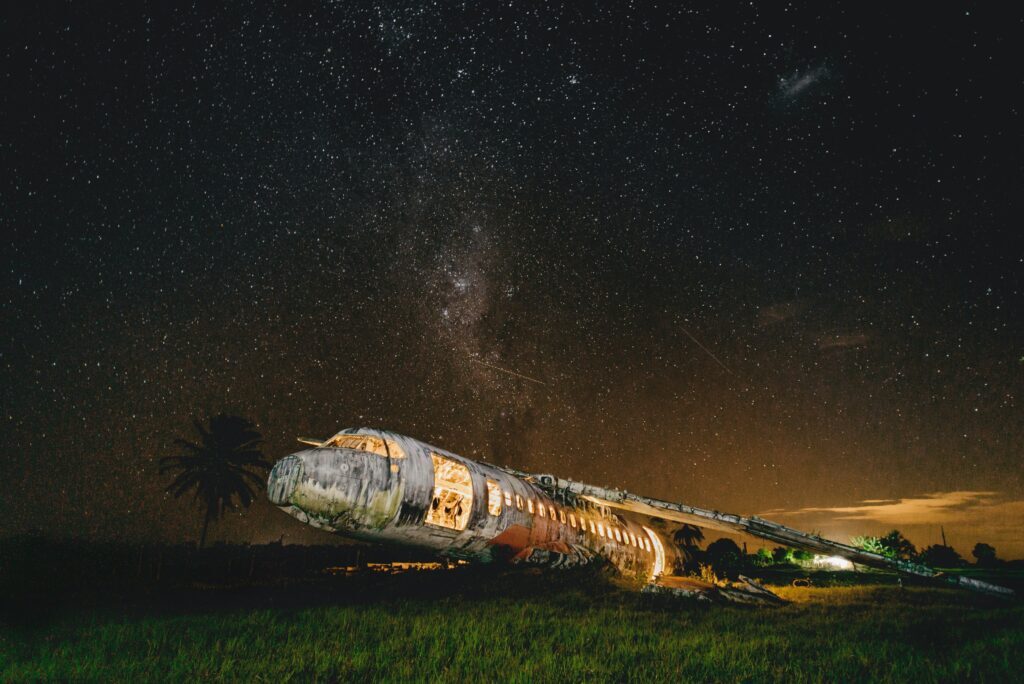Traveling by air is one of the most popular means of transportation globally, and it is a safer means of transportation than a car. An article published by The National Safety Council in 2019 stated that too few aviation accident deaths occurred in 2019 to calculate the odds. That was compared to 1 in 102 for a car crash, 1 in 3,825 for deaths as a bicyclist, and 1 in 899 for motorcycle incidents.
However, while the chances of being involved in an aircraft disaster are meager, the injuries and number of fatalities from aviation accidents are higher than those from other modes of transportation. The impact of the injury may span destruction and damage not only to the passengers on board but also to the environment, properties, and pedestrians around in the area of the crash.

Aviation incidents and court trials
This high level of impact and risk associated with aviation accidents has played out across various aviation incidents over the years. In the Tenerife airport disaster, a total of 583 fatalities were recorded. The JAL Flight 123 accident saw a death toll of 520 people. The Air France Flight 447 accident also saw a total of 228 deaths.
These accidents are caused by a couple of reasons, including pilot error, terrorist attack, mechanical error, weather, air traffic controller error, mid-air collisions, etc.
Some of these cases lead to trials in court as a party may sue another for being the cause of the crash due to negligence or manufacturing defects. Injured passengers on board and bystanders could also be the plaintiff.
King v. Cessna Aircraft Co.
One of such aviation accident cases that ended up in court is the case of King v. Cessna Aircraft Co.
This lawsuit stems from a sad accident in Italy on a misty morning in 2001 when a private Cessna plane made a false turn and taxied onto an operational runway. Air traffic authorities reportedly neglected to communicate the situation to the plane’s pilots, resulting in a collision between a jet and another jet taking off. There were 188 persons killed in all, including everyone on both flights and four individuals on the ground. It was regarded as the deadliest aircraft tragedy in Italian history, with another person badly injured. In addition to the current action in Italian courts, the estates of seventy victims and one personal injury claimant also filed cases in the Southern District of Florida against Cessna Aircraft Company.
Animation in trials
During cases like this, attorneys can use animation to help the court have clarity on specific issues. It can be used to explain mechanical failures in the plane’s system, and it can also be used to illustrate human error.
In the aviation accident case of Datskow v. Teledyne Continental Motors, the plaintiff used animation during the trial.
This case originated from a private aviation tragedy that claimed the lives of four persons. Plaintiffs sued the engine manufacturer, claiming that a fault in the plane’s engine was to blame for the disaster. During the trial, a computer-generated animation was presented to illustrate an expert witness’s opinion on where the fire started within the engine and its progress.
A jury found in favor of plaintiffs on theories of strict liability, negligent design, and failure to warn after a month-long trial. Juletta Cook, the mother of one of the decedents, was awarded $250,000 for economic loss on her wrongful death claim; $5000 for funeral expenses; $30,000 to plaintiff Grossair, Inc., the plane’s owner, for loss of the aircraft; and a total of $107,000,000 for the decedents’ conscious pain and suffering.
In the aviation accident case of Richardson V. Bombardier, Inc., the plaintiff also used animation during the trial.





